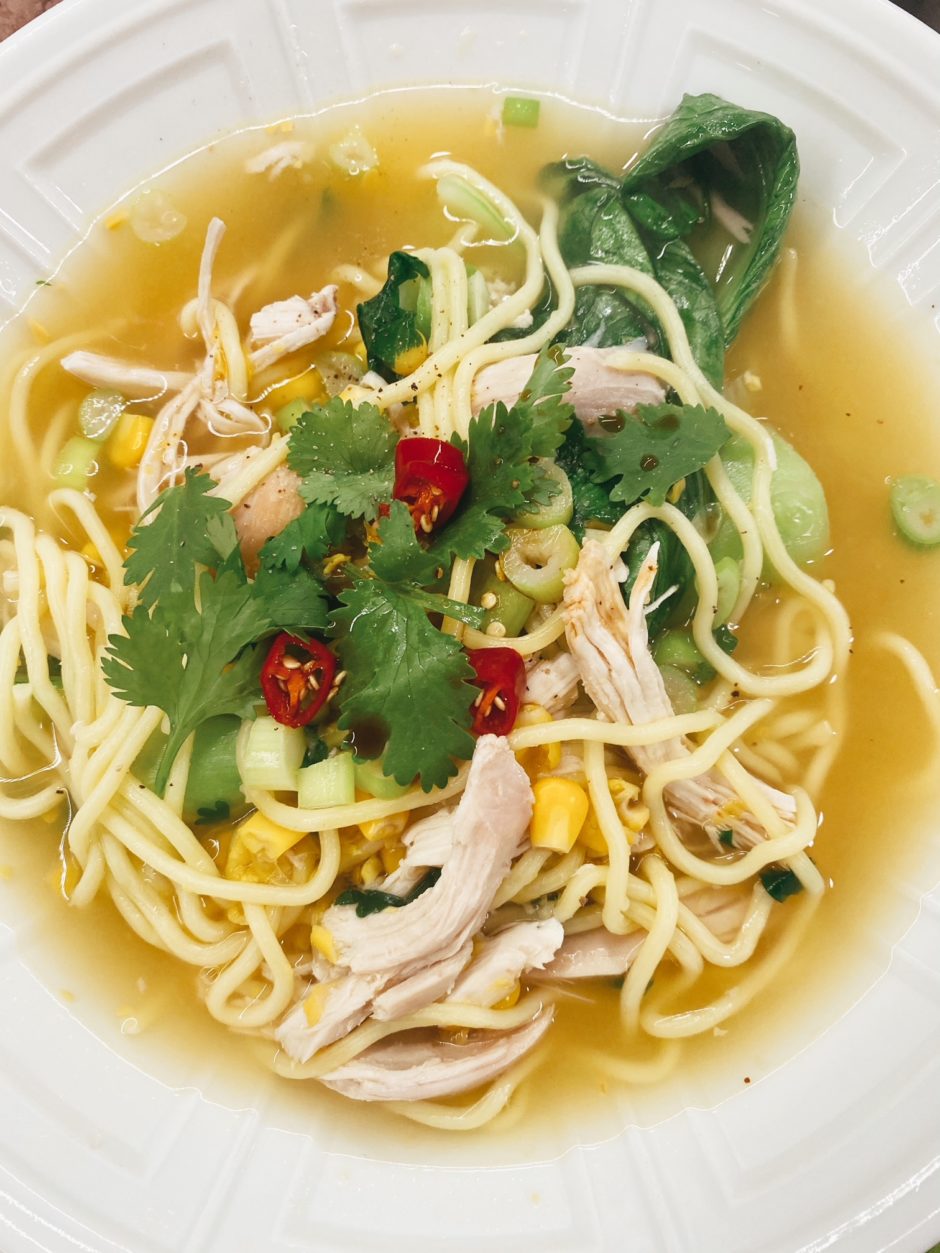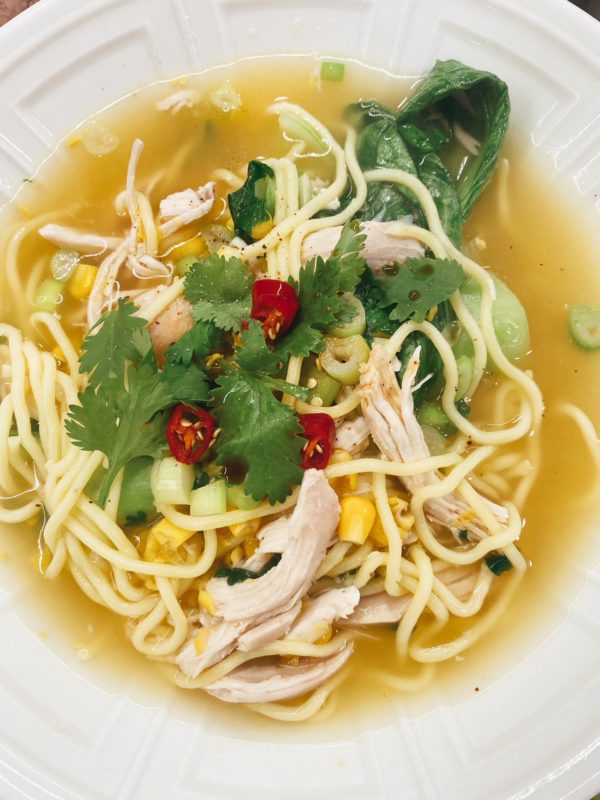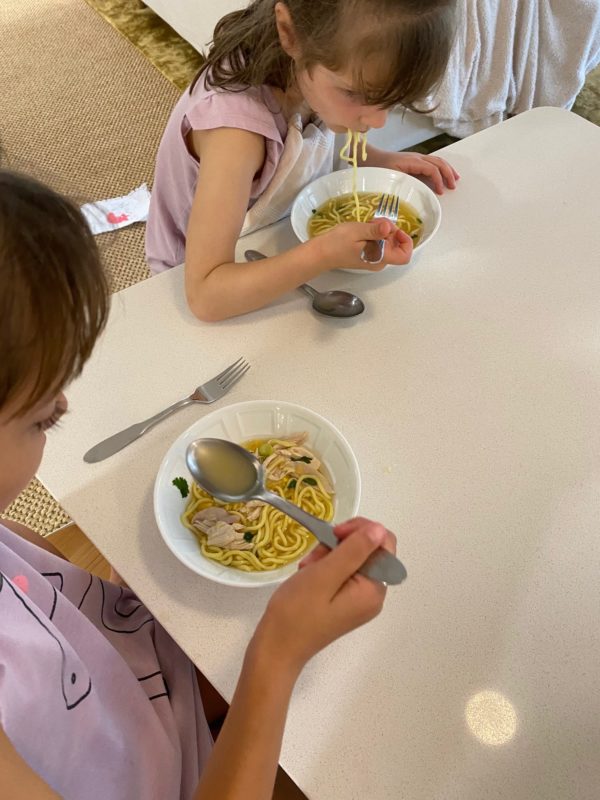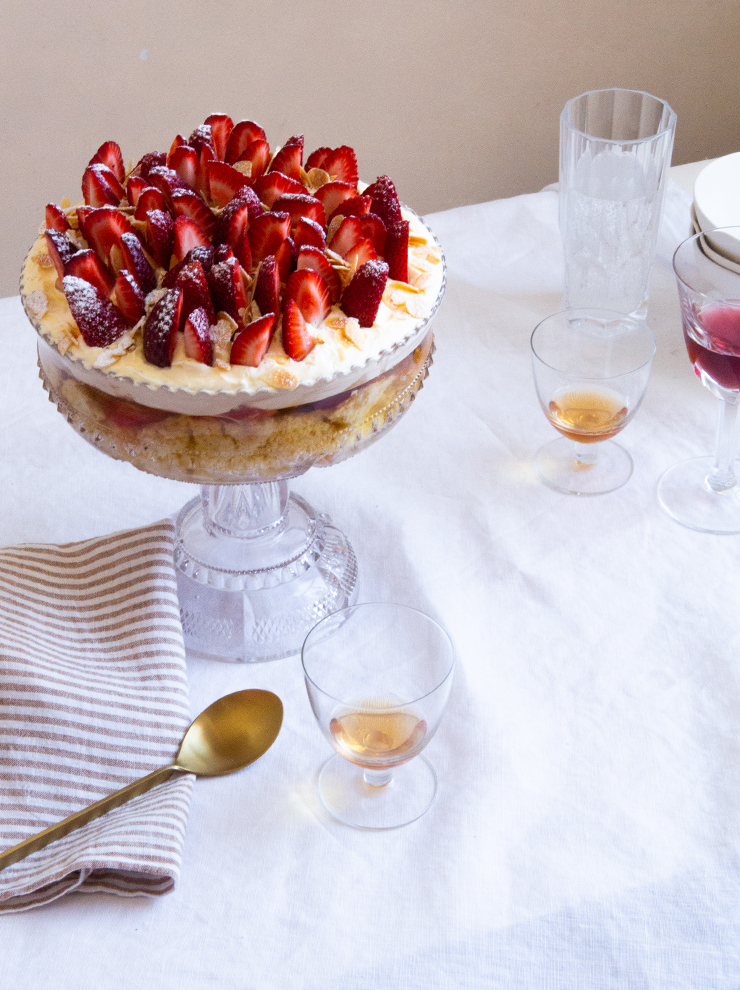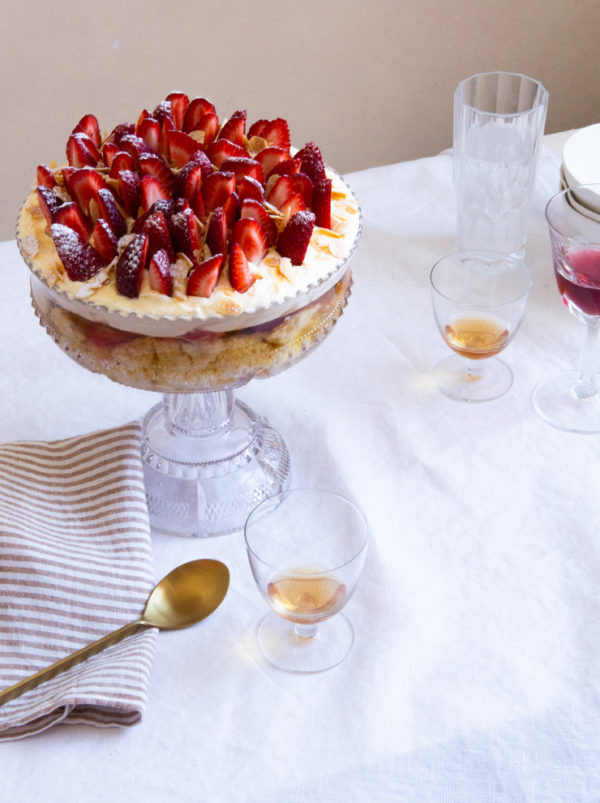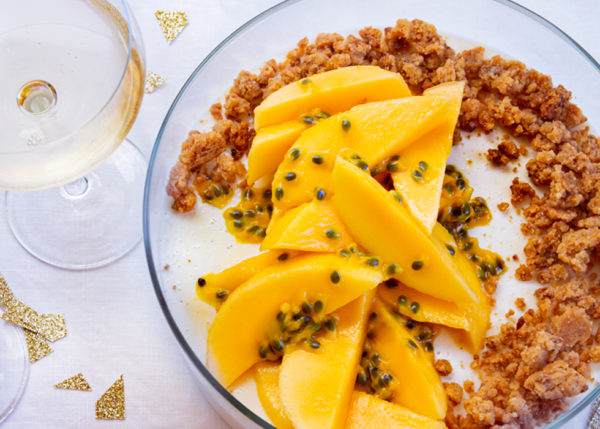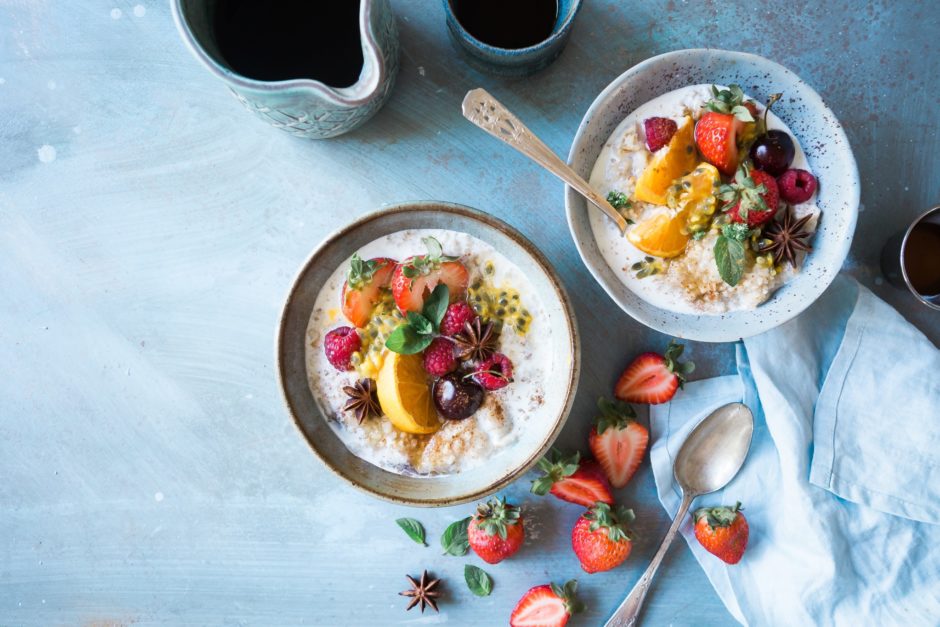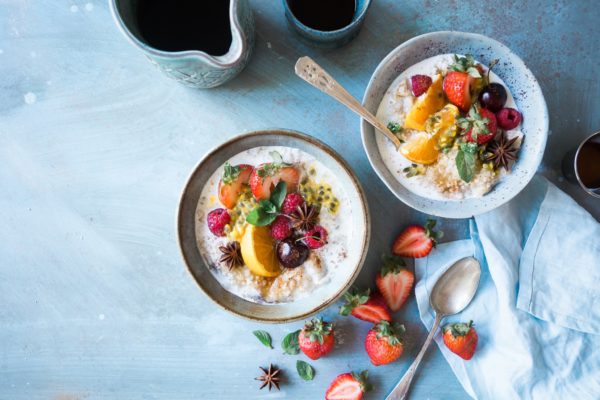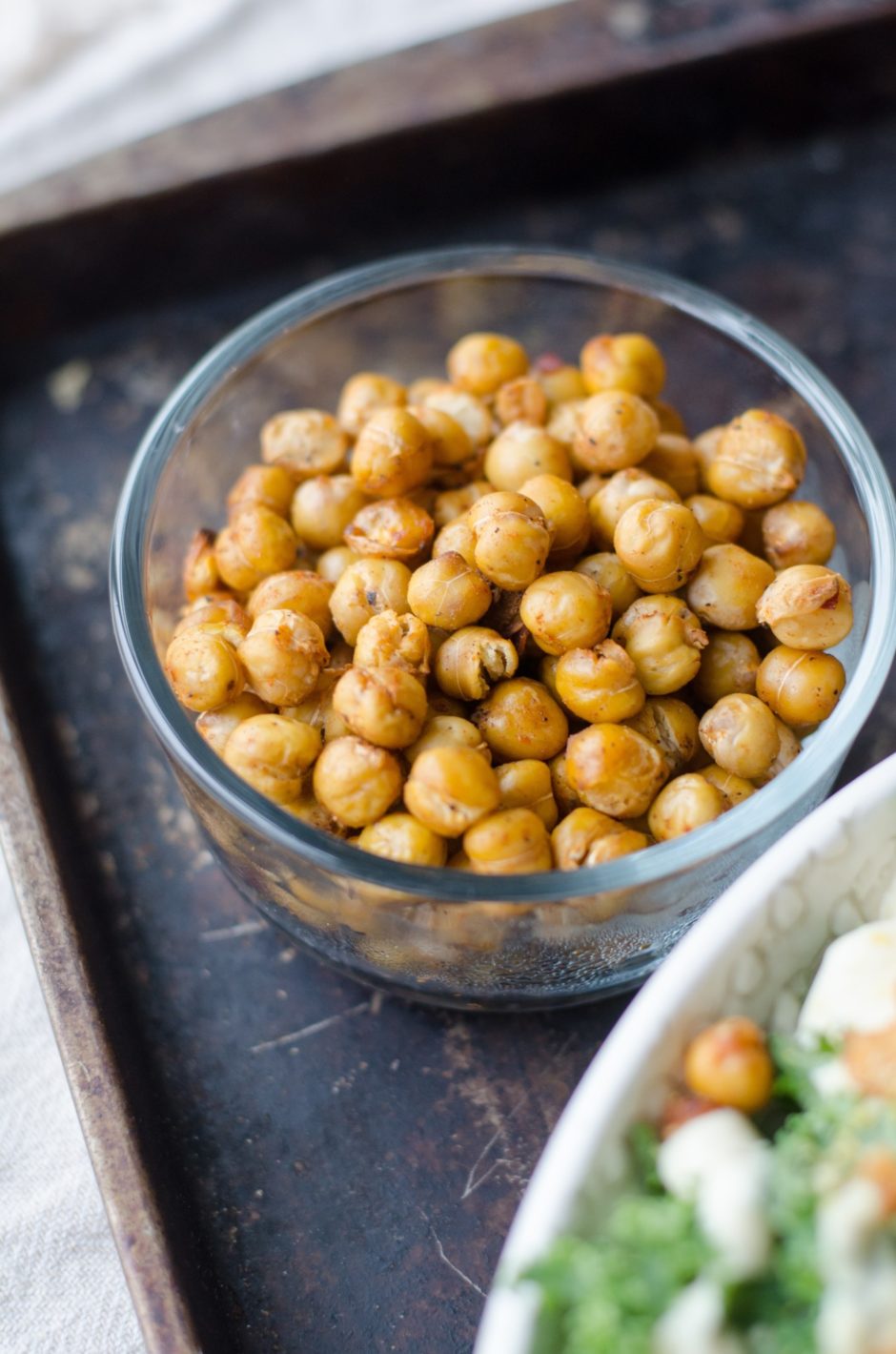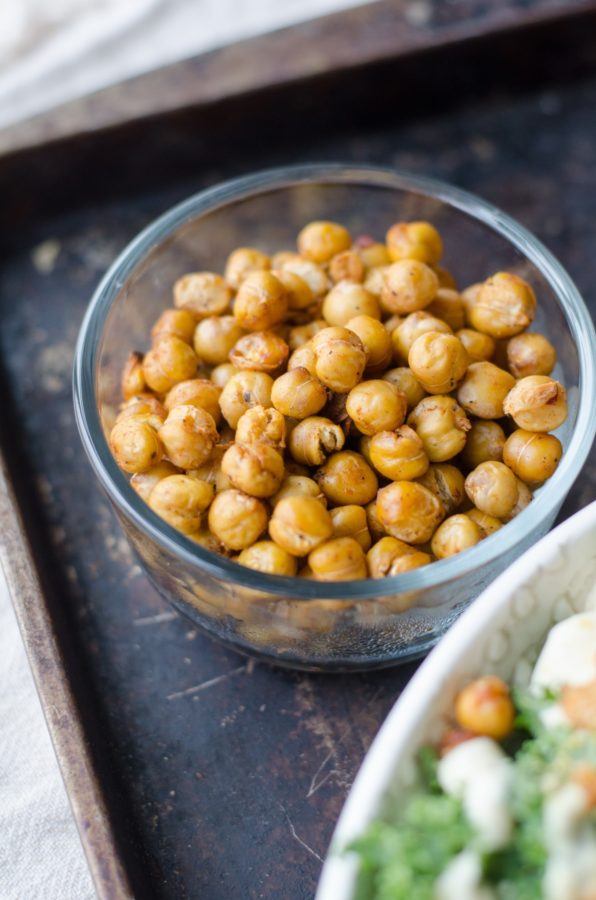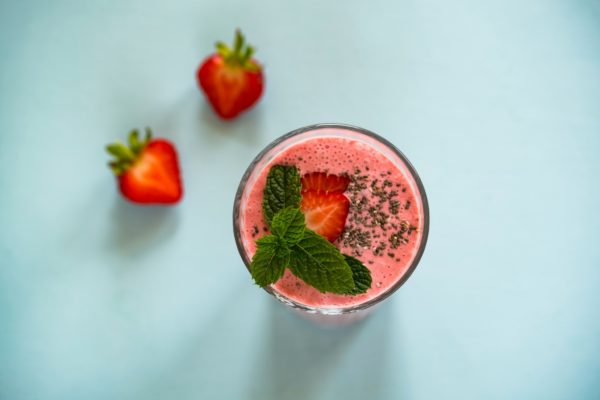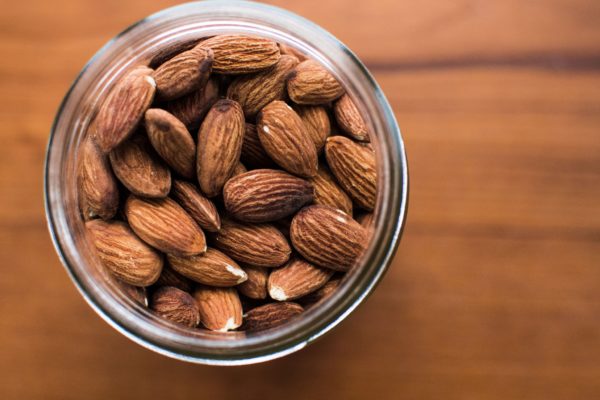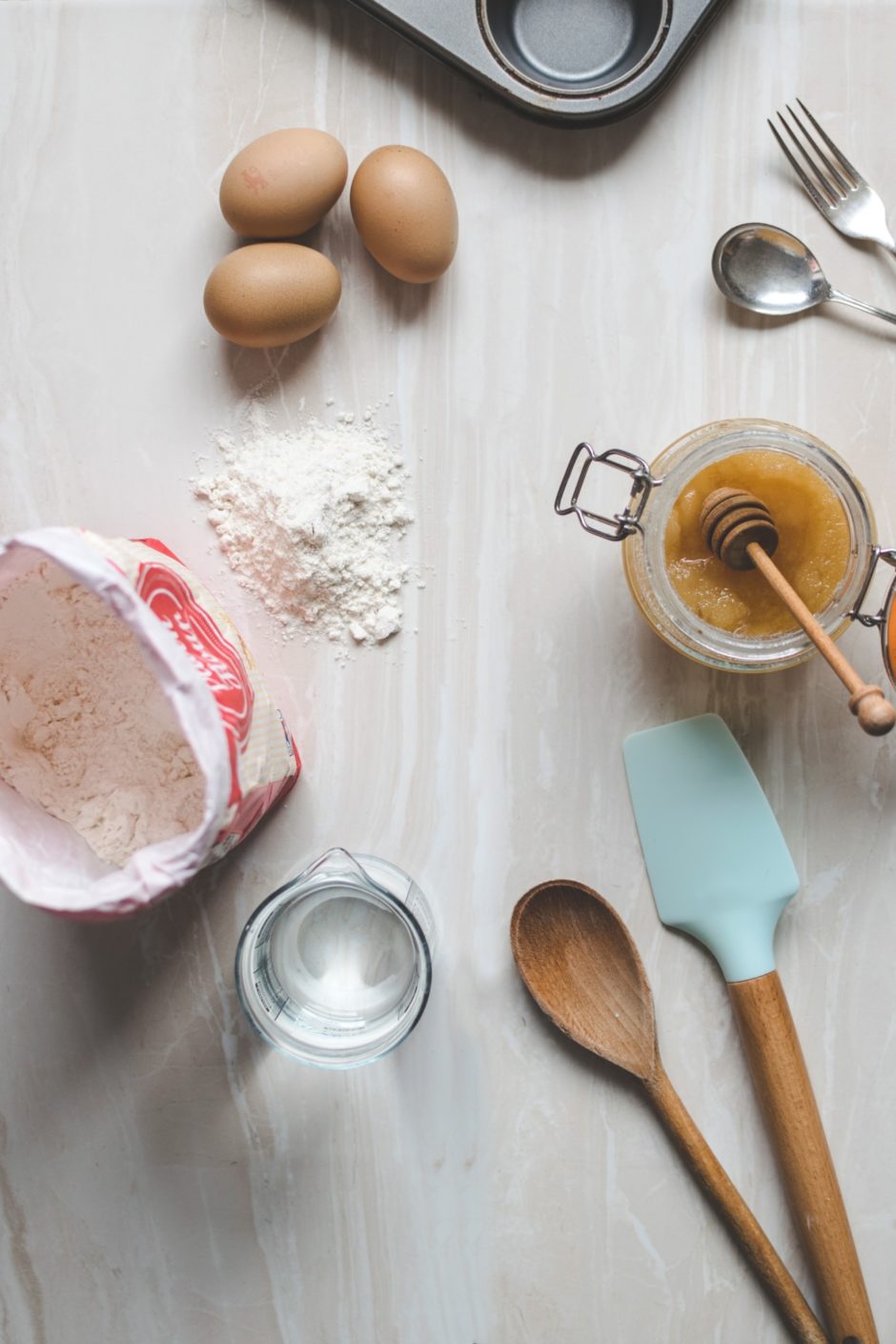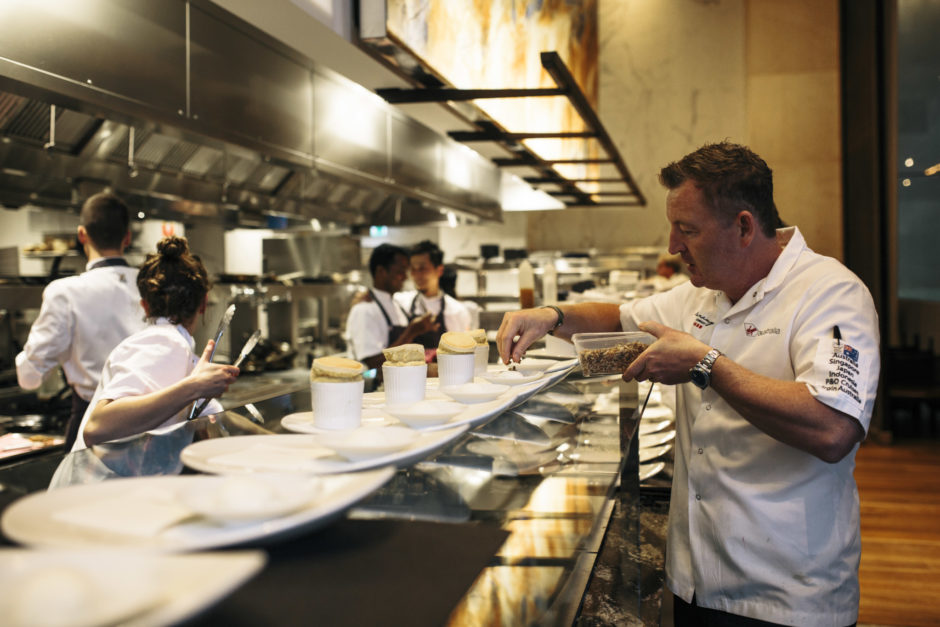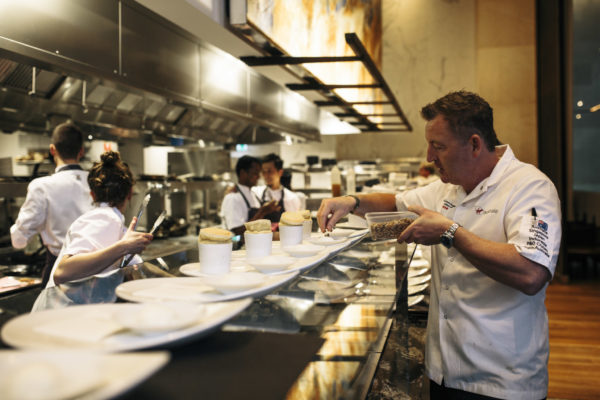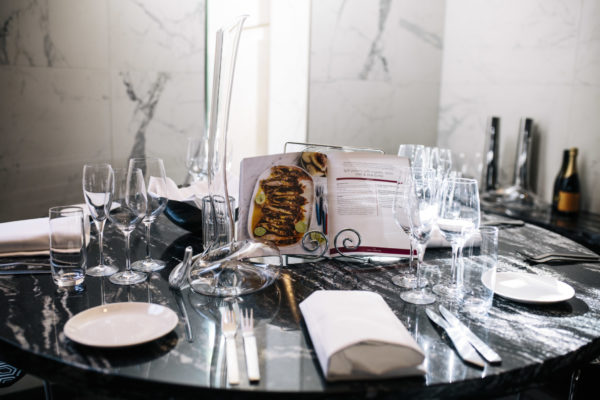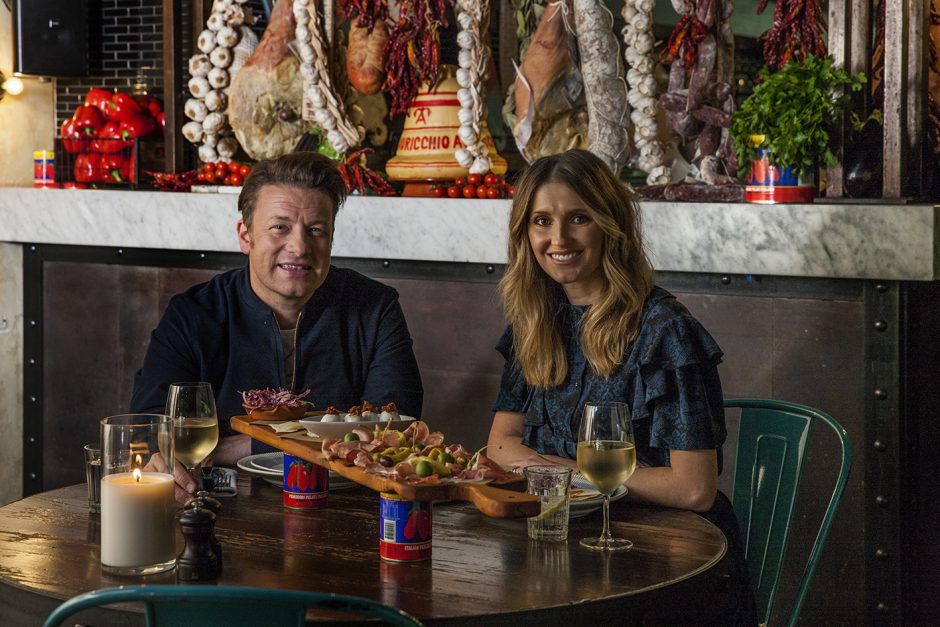
If you’re going to pop your Christmas table on the ‘gram, you may as well go all out and make it look amazing. However it can be hard to know where to start when faced with a blank table to dress. Liz Elton and Lisa Featherby from food and entertaining website Eatable says it’s all about thinking outside the box (check out their tips for a great Christmas menu earlier in the week), and knowing the simple design tricks that can elevate a table from so-so to stunning. Here they share their tips for how to set a Christmas table without blowing the budget.
What are your tips for dressing a table without spending a fortune?
Lisa: If you focus on a a beautiful centrepiece you can bring in everyday crockery and glassware to keep costs down. Covering white plates with a little garland or napkin for each person, doesn’t require you to get that crafty. It could be a simple napkin with a cherry, or bonbon on top.
You can cover any table with a tablecloth – even a fold-out table can become beautiful if covered, just by shopping at a good fabric store. Buy a large piece of the best linen you can afford, and with some Velcro hemming tape, iron up the edges and you’ll spend a fraction of the price. I recently bought some beautiful Italian pink linen off the roll for $39 a metre, which would retail as a tablecloth for well over $300.
I love to bring in tapered candles for later to add height on the table, plus a Christmas-y element like a wire fairy light mixed in is great, or even a bowl or feature plate of summer produce in the middle of the table adds interest.
Another idea I love is to go mismatched, so when your plates don’t match, make it a thing—choose your colour palette (this year I’m loving reds, pinks and peachy tones), then ask your friends or family to loan you all the plates and glasses they have in that colour spectrum (reds can range from dark to light) and just go crazy with it.
You’d be surprised what you can find also at places like Target and Kmart, such as paper garlands for the table. They cost next-to-nothing, then spend what you have on a big floral centrepiece in your chosen colour palette and scatter around some self-made confetti from metallic paper for a bit of festive fun. It’s always helpful to create a mood board on Pinterest, too before sourcing things, to help you track down and cost everything beforehand.
What are some trends you’re seeing when it comes to Christmas entertaining?
Liz: Coloured glassware is huge at the moment—I love mixing shapes and colours for a really vibrant table setting. Sculptural candles are also a big trend at the moment—slightly quirky, they are a nice change from more traditional candles. Maison Balzac and Tony Assness are my go-to for fun candles.
What are some easy things people can do when it comes to the food/drinks that makes a big impact?
Lisa: I’d suggest investing in a big wine bucket that can hold a few bottles at a time, particularly bottles of Champagne. Have a tray of glasses to the side and let people help themselves. This makes drinks easy to pour, but also can become a bit of a feature in itself. A jug of iced water that has some fruit or mint leaves added with a stack of water glasses to the side can also be a nice touch.
What are some entertaining trends you feel are a little bit done, and what can people do instead?
Liz: Rosemary can be beautiful on a Christmas table setting, however I have seen it a lot. I prefer sprigs of an Australian native such as Eucalyptus to make the table look a little more modern.
There is a tendency to make everything very neutral and tonal, however colour is making a big comeback—pops of bright colour are so fun and impactful—and so fitting for our hot climate. Dinosaur Designs do colour so beautifully – and bright paper napkins are an easy and cost-effective way to add a pop of colour without investing in expensive new pieces.
Piles of Christmas baubles on a table are an easy solution to make a table look festive, however perhaps a little old-fashioned. Instead, try a mix of vases in different sizes filled with florals, greenery and natives – play with colour and scale for maximum impact.


